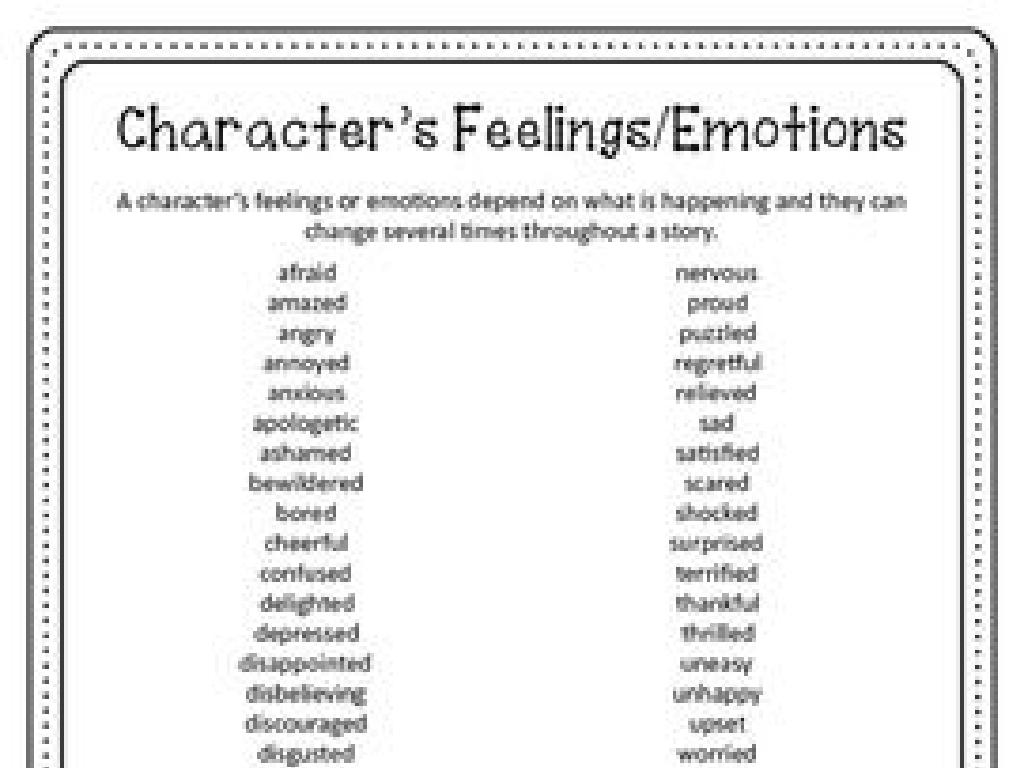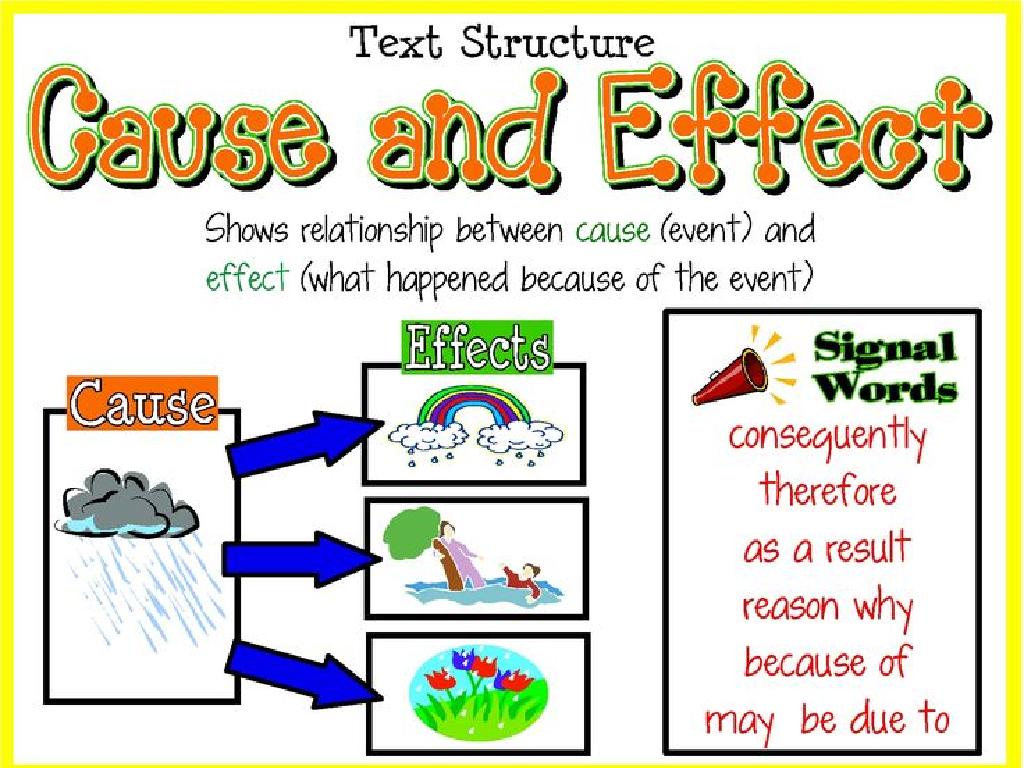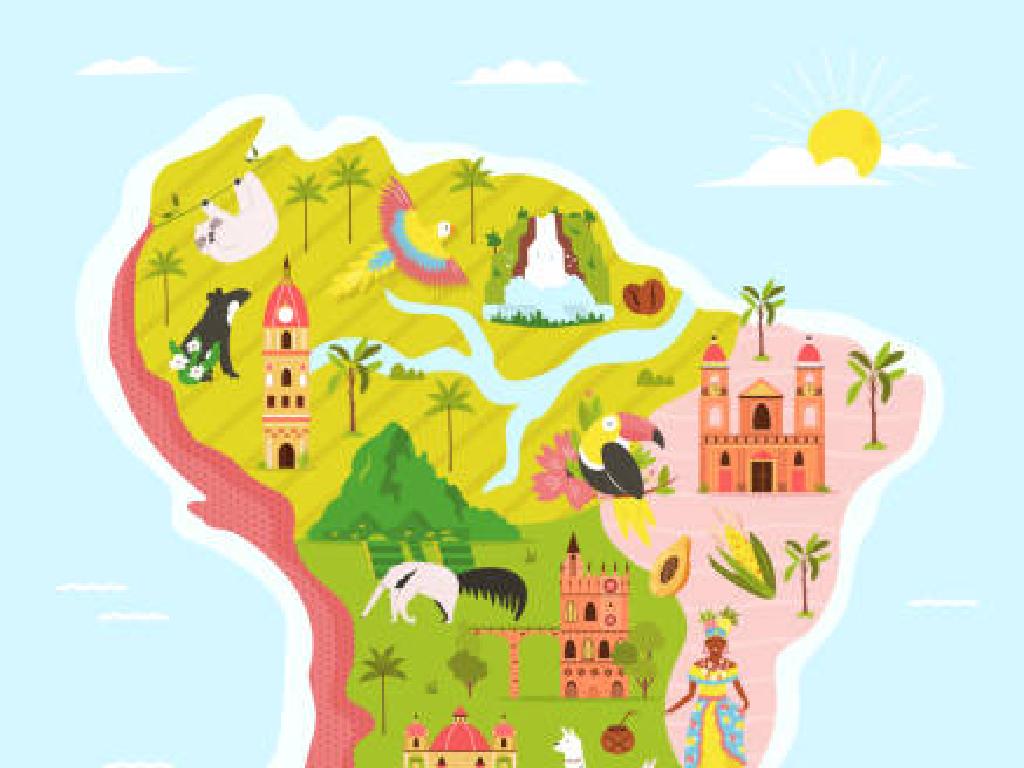Transoceanic Interconnections
Subject: Arts and humanities
Grade: High school
Topic: World History Project Ap
Please LOG IN to download the presentation. Access is available to registered users only.
View More Content
Exploring Transoceanic Interconnections
– Defining Transoceanic Interconnections
– Connections across oceans through exploration, trade, and communication.
– The Age of Exploration overview
– A period marked by European explorers traveling across the globe.
– Expansion of global interactions
– Trade routes expanded, cultures exchanged, and knowledge spread.
– Impact on 15th & 16th centuries
– Led to significant cultural, social, and political changes worldwide.
|
This slide introduces students to the concept of Transoceanic Interconnections, setting the stage for understanding how the Age of Exploration was a pivotal era in world history. It’s crucial to highlight how this period led to the expansion of global interactions, with explorers charting new territories, establishing trade routes, and initiating cultural exchanges. Discuss the impact of these interactions on the 15th and 16th centuries, including the Columbian Exchange, the spread of diseases, and the shift in global power dynamics. Encourage students to consider both the positive and negative outcomes of this era.
The Catalysts of Change in Transoceanic Interconnections
– Explorers and their motivations
– Figures like Columbus sought new routes, wealth, and knowledge.
– Technological advancements in navigation
– Innovations like the compass and astrolabe guided sailors across seas.
– Trade’s role in transoceanic voyages
– Desire for spices and goods drove the search for new trade routes.
– Impact of exploration on global trade
|
This slide explores the driving forces behind the age of exploration, focusing on the key figures, their motivations, and the technological advancements that made transoceanic travel feasible. Highlight individuals such as Christopher Columbus and Vasco da Gama, who were motivated by the promise of wealth, fame, and the spread of religion. Discuss how inventions like the magnetic compass, astrolabe, and improved ship designs like the caravel were crucial in navigating the open oceans. Emphasize the role of trade, particularly in spices and luxury goods, which spurred nations to invest in these risky voyages. Lastly, touch upon the profound impact these explorations had on global trade networks, setting the stage for a connected world.
Mapping the Routes of Global Explorers
– Visualize explorer journeys
– Use maps to trace the paths taken by explorers like Columbus and Magellan.
– Significance of exploration routes
– Each route led to new discoveries and trade opportunities.
– Impact on the world map
– Exploration led to the inclusion of new lands on world maps, altering perceptions.
– Routes as catalysts for change
– These routes facilitated cultural exchanges and reshaped global interactions.
|
This slide aims to help students understand the historical significance of transoceanic routes taken by explorers during the Age of Discovery. By visualizing these routes, students can grasp the vast distances traveled and the courage required for such journeys. Discuss the importance of each route in terms of the new lands, peoples, and goods encountered, and how these routes were instrumental in creating a more interconnected world. Highlight how the discovery of these routes led to the expansion of world maps to include newly found territories, which had profound effects on trade, culture, and geopolitics. Encourage students to think about the long-term impacts of these routes on today’s global society.
Cultural Exchanges and the Columbian Exchange
– The Columbian Exchange overview
– Exchange of goods, ideas, diseases between the Old and New Worlds.
– Effects on indigenous populations
– Devastating population declines due to disease, social upheaval.
– Syncretism and cultural blending
– Cultures merge, creating new traditions, religions, and cuisines.
– Long-term global impact
|
This slide aims to highlight the significant cultural exchanges that occurred as a result of the Columbian Exchange. It’s crucial to discuss the broad transfer of goods, such as crops and animals, ideas, and unfortunately, diseases that crossed the Atlantic. Emphasize the profound impact on indigenous populations, including the tragic loss of life and cultural upheaval. Syncretism should be explained as the blending of cultures that led to new, hybrid cultural practices. Discuss how these exchanges have shaped the modern world, setting the stage for globalization and influencing cultural diversity. Encourage students to think critically about the positive and negative outcomes of such historical events.
Economic Impact of Transoceanic Interconnections
– Emergence of mercantilism and capitalism
– Mercantilism: nations sought to increase wealth through trade balance. Capitalism: private ownership and profit motive.
– Triangular Trade and its impact
– A trade system between Europe, Africa, and the Americas, exchanging goods, slaves, and raw materials.
– Power shifts and European empires
– European nations gained wealth and power, leading to colonial empires and shifting global dynamics.
– Global economic transformation
|
This slide explores the profound economic changes during the era of transoceanic interconnections. Mercantilism and capitalism emerged as dominant economic systems, with nations focusing on trade and private enterprise to accumulate wealth. The Triangular Trade, a pivotal element of this period, involved a complex network of trade routes that had significant social and economic consequences, including the perpetuation of slavery and the exchange of goods and resources. These economic activities contributed to the rise of European empires, as nations like Spain, Portugal, and Britain expanded their colonial reach, leading to a redistribution of global power and wealth. Discuss how these shifts laid the groundwork for the modern global economy and the long-term effects on various continents.
Social and Political Effects of Transoceanic Interconnections
– Shifts in social hierarchies
– Class structures evolved with new wealth from trade
– Transoceanic governance impact
– Colonial administrations affected local politics
– Roots of resistance and revolutions
– Contact with foreign ideas spurred revolutionary thought
– Labor systems transformation
– Enslavement and indentured servitude expanded
|
This slide examines the profound social and political changes that arose from transoceanic interconnections. Focus on how global trade routes led to shifts in social structures, with new wealth creating changes in class hierarchies. Discuss the impact of colonial rule on governance, including the imposition of foreign legal systems and bureaucracies. Highlight how exposure to new ideas and philosophies fueled resistance movements and revolutions, planting the seeds for future change. Lastly, address the transformation of labor systems, particularly the growth of forced labor practices like slavery and indentured servitude, which were driven by the demands of transoceanic economies. Encourage students to think critically about the long-term effects of these historical processes on modern societies.
Analyzing Primary Sources: Explorers & Indigenous Peoples
– Examine historical documents
– Letters, journals, artifacts from the era offer insights into the past.
– Understand different perspectives
– Consider the views of both explorers and the indigenous populations they encountered.
– Assess bias in primary sources
– Bias can shape how historical events are recorded and interpreted.
– Critical thinking on point of view
– Analyze the motives and context behind different historical narratives.
|
This slide aims to guide students through the process of analyzing primary sources from the era of transoceanic interconnections. Students should be encouraged to look at various types of documents, such as letters and journals, to gain a multifaceted understanding of history. It’s crucial to consider the perspectives of both the explorers and the indigenous peoples to understand the full impact of these encounters. Students should be taught to critically assess the bias and point of view present in these sources, understanding that history is often told from the perspective of the victors. Encourage students to question the motives behind the recorded narratives and to think about how different perspectives might alter the understanding of historical events.
Transoceanic Interconnections: Exploration Simulation
– Form groups as different countries
– Plan a simulated exploration
– Consider resources, objectives, and potential routes
– Engage in trade and cultural exchange
– Use items as trade goods, simulate negotiations and exchanges
– Reflect on the simulation experience
– Discuss what was learned and the outcomes of the interactions
|
This class activity is designed to give students a hands-on understanding of transoceanic exploration, trade, and cultural exchange. Divide the class into small groups, each representing a different country during the Age of Exploration. Each group will plan their exploration mission, considering factors like resources, objectives, and navigation. They will then trade with other groups, simulating the exchange of goods, ideas, and culture. After the activity, lead a discussion to reflect on the experience, the challenges faced, and the impact of such interactions on world history. Possible variations of the activity could include negotiating treaties, overcoming navigation challenges, or dealing with unexpected events like storms or pirate attacks.
Reflecting on Transoceanic Interconnections
– Reflect on simulation outcomes
– Discuss long-term impacts
– Consider the global cultural, economic, and political changes.
– Historical influence on today’s world
– How do past events shape current global dynamics?
– Personal takeaways
|
This slide prompts students to engage in a reflective discussion on the simulation they participated in, which modeled the effects of transoceanic interconnections. Encourage them to think critically about the long-term impacts these historical events have had on global culture, economy, and politics. Guide the conversation towards understanding how the past has shaped present-day global interactions and challenges. Ask students to consider personal takeaways and how this knowledge impacts their view of the world. This will help them connect historical events to contemporary issues and their own lives.
Homework: Explorers and Their Impact on History
– Research a historical explorer
– Prepare a class presentation
– Summarize their voyages and discoveries
– Include maps and routes taken
– Show the explorer’s journey visually
– Highlight cultural exchanges
– Discuss goods, ideas, or technology exchanged
|
This homework assignment aims to deepen students’ understanding of the Age of Exploration and its global impact. Students should select an explorer, such as Columbus, da Gama, or Magellan, and research their expeditions, the regions they encountered, and the consequences of their journeys. The presentation should include visual aids like maps to trace the routes and highlight significant stops. Students should also explore the cultural exchanges that occurred, including the introduction of new crops, animals, and ideas between the different worlds. This activity will help students grasp the complexity of historical events and the interconnectedness of different cultures. Encourage students to use a variety of sources for their research to get a well-rounded view of their chosen explorer’s impact.






